I'm answering with observations and a little speculation. I've not seen one of these before but...
What you might wish to avoid (at high frequencies) is a separation of the two conductors as this will cause a change in the characteristic impedance of the pair and could give rise to mismatches i.e. a poor VSWR (voltage standing wave ratio).
A traditionally wound common-mode choke would not be great in that respect.
Neither would you want to continue winding around the core so that input wires and output wires are brought-together and significantly capacitively coupled because, that would negate the usefulness of the common mode choke.
At frequencies below several tens of MHz this isn't a big deal but at medium VHF frequencies onwards this could be noticeable.
Having said all of that the lower picture in the question separates out the two conductors in order to fasten them to the terminals on the left so maybe this was wound without much thought.
And a final observation is that at only a few MHz most ferrite cores are going to be pretty useless magnetically but pretty good as a means for dissipating high frequency energy so maybe that is the intention in the 2nd picture - it's a common mode VHF resistor.



